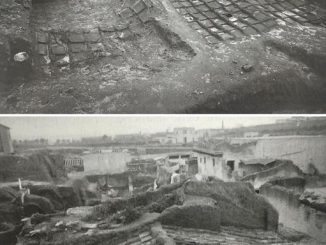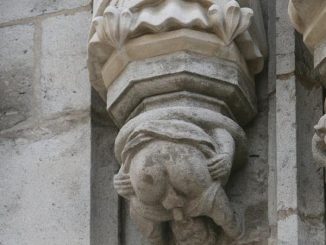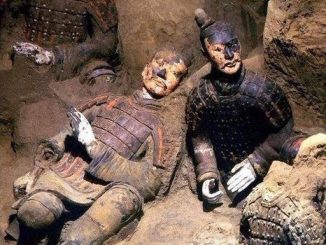In the annals of technological history, certain inventions stand as enduring testaments to human ingenuity. Among these, the historical Persian vertical-axis windmills hold a unique place, defying the passage of centuries to continue their operation to this day. Originating in ancient Persia, these remarkable structures not only harnessed the power of the wind but also represented a pioneering leap in renewable energy. In this article, we explore the fascinating journey of these windmills, tracing their evolution, functionality, and enduring relevance in the modern world.
Origins and Development
The historical Persian vertical-axis windmills trace their roots back to ancient Persia, where they emerged as early as the 7th century CE. Designed with a vertical rotor shaft and blades, these windmills differed from their horizontal-axis counterparts, offering distinct advantages in efficiency and adaptability to varying wind conditions. Over the centuries, Persian engineers refined and perfected the design, incorporating innovations such as adjustable blades and aerodynamic enhancements to optimize performance.
Functionality and Mechanisms
Unlike modern wind turbines, which feature horizontal-axis rotors, the historical Persian windmills operate on a vertical axis, allowing them to capture wind from any direction without the need for complex yaw mechanisms. This ingenious design not only simplifies construction but also enhances reliability and durability, making these windmills particularly well-suited for remote and arid regions where maintenance is challenging.
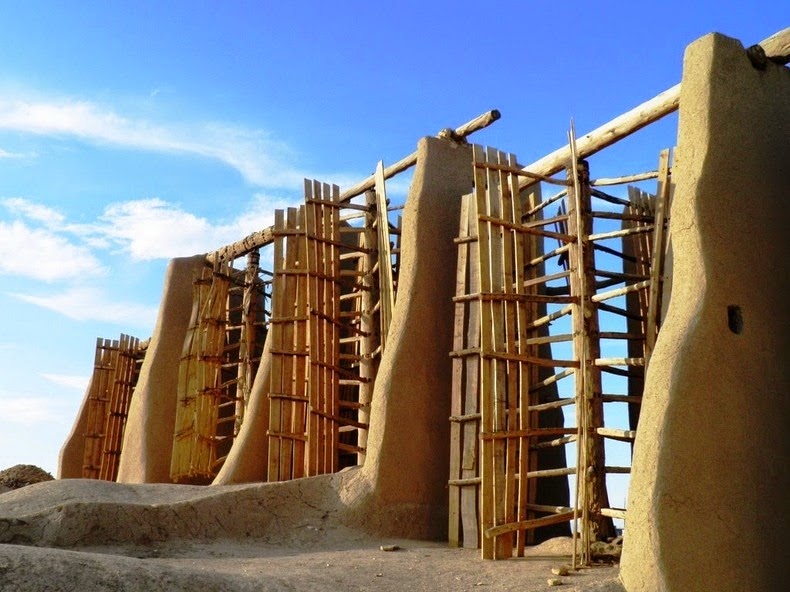
Cultural and Economic Impact
Beyond their technical prowess, the historical Persian vertical-axis windmills exerted a profound influence on the cultural and economic landscape of the regions where they were employed. Serving as vital sources of power for grinding grains, pumping water, and milling flour, these windmills facilitated agricultural productivity, trade, and commerce, fostering economic development and societal advancement.
Endurance Through Time
Despite the passage of centuries and the advent of modern technologies, some historical Persian vertical-axis windmills continue to function in remote parts of Iran and Afghanistan. Built from locally sourced materials such as clay, wood, and stone, these resilient structures bear witness to the enduring legacy of ancient engineering wisdom and the timeless efficacy of harnessing renewable energy.
Modern Applications and Revival
In recent years, there has been a renewed interest in the historical Persian vertical-axis windmills as sustainable alternatives to conventional energy sources. Researchers and conservationists are exploring ways to preserve and revitalize these historic landmarks while adapting them to meet contemporary energy needs. From eco-tourism initiatives to community-led restoration projects, efforts are underway to celebrate and safeguard these living relics of human innovation.
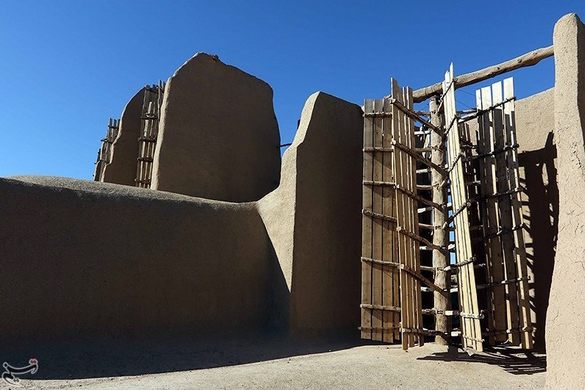
Conclusion
The story of the historical Persian vertical-axis windmills is a testament to the power of human innovation and the resilience of ancient technologies. Spanning centuries and continents, these remarkable structures continue to inspire awe and admiration, serving as reminders of our shared heritage and the enduring quest for sustainable solutions. As we navigate the challenges of the modern world, the lessons of the past offer invaluable insights into harnessing the forces of nature in harmony with our environment. In preserving and celebrating the legacy of the historical Persian windmills, we honor the ingenuity of our ancestors while charting a course toward a more sustainable future.
